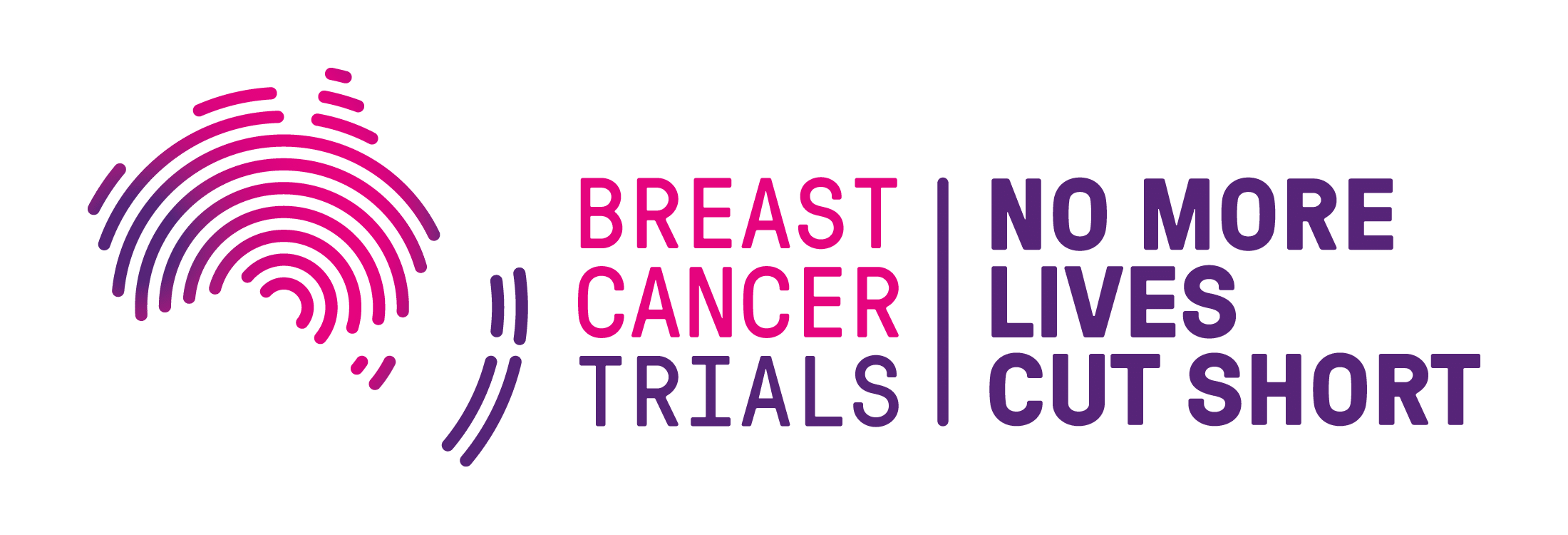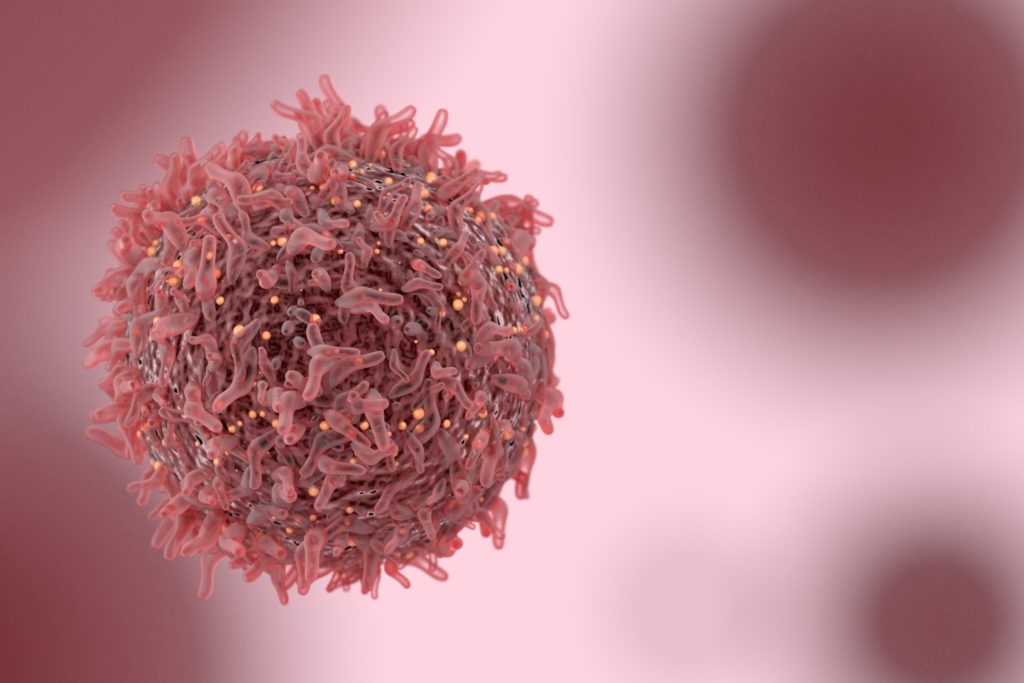- Research
- 2022-2026 Research Strategy
- Open Clinical Trials
- Closed Clinical Trials
- What is a Clinical Trial?
- Why Participate in a Clinical Trial
- Remote Telehealth Pre-Screening Process
- Research Achievements
- Publications
- Research Development and Funding
- Participating Institutions
- International Collaboration
- BCT Trials & Projects Summary
- Translational Research
- Clinical Fellowship Program
- International Fellowship Support
- Annual Scientific Meeting
- Travel Grants and Awards
- About
- Our Impact
- Fundraise
- Donate
- Researcher Login
- Cart
Breast cancer is not just one disease, but several. The type of breast cancer being diagnosed is determined by the specific cells in the breast that are affected. Breast cancer can begin in different areas of the breast – the ducts, the lobules or in some rarer cases, the tissue in between.
Each patient will receive their own treatment plan based on their breast cancer type, subtype, and stage of disease. Advances in treatment has allowed for each treatment plan to be more personalised for patients, which results in better treatment and outcomes. Therefore, your treatment may be different from other breast cancer patients.
Breast cancer can be broken down into two main categories: invasive or non-invasive.
What is Non-Invasive Breast Disease (or Tumour)?
Non-invasive breast cancer is cancer which is contained within the milk ducts or lobules in the breast. It is cancer which has not grown beyond the milk ducts or glands. However, if left untreated they may transform into an invasive cancer over time. Surgery to remove the affected tissue or the entire breast may be performed to prevent the cancer from becoming invasive, however radiotherapy and/or hormone-blocking therapy may also be used.
Non-invasive breast cancer is sometimes called carcinoma in situ, which means ‘in the same place’, or pre-cancers. Non-invasive breast cancer can either be ductal carcinoma in situ or lobular carcinoma in situ.
Ductal Carcinoma in Situ
Ductal Carcinoma In Situ, or DCIS, is a non-invasive breast condition which affects around 1,200 women per year in Australia. DCIS is the name for abnormal changes in the cells located in the milk ducts of the breast.
These abnormal changes have the potential to turn into invasive cancer cells, however DCIS is not considered invasive in itself. In DCIS, the abnormal cells are contained within the milk ducts and cannot travel to other parts of the body.
DCIS cannot usually be felt as a lump, but is typically found on a mammogram or ultrasound. Without treatment, some people (but not all) with DCIS develop invasive breast cancer. Treatment of DCIS usually involves breast surgery and in certain cases radiotherapy. Occasionally surgery to remove lymph nodes and/or hormonal therapies are used.
Lobular Carcinoma in Situ
Lobular Carcinoma In Situ or LCIS is a non-invasive breast condition. LCIS is the name for abnormal cells that are contained to the lobules (milk glands) and ducts of the breast.
Like DCIS, these abnormal changes can turn into invasive cancer cells, but it is not breast cancer as we more commonly understand it. A woman cannot die from LCIS as the cells are contained within the milk producing structures of of the breast.
LCIS cannot usually be felt but is generally found in a mammogram or when a biopsy is taken for another reason. LCIS does not require treatment if there are no other abnormal changes to the breast. However, a woman with LCIS should be carefully monitored as having LCIS increases the chance of developing breast cancer in future.
What is Invasive Breast Cancer?
Invasive breast cancer means that the cancer has spread from the original site to other areas, like neighbouring breast tissue, lymph nodes or elsewhere in the body. Treatment may include surgery, chemotherapy, targeted therapy, and/or hormone blocking therapy. The two main invasive breast cancers are invasive ductal carcinoma and invasive lobular carcinoma.
Invasive Ductal Carcinoma
Invasive Ductal Carcinoma is a broad term used to classify cancer that began growing in a milk duct and has invaded the fibrous or fatty tissue of the breast outside the duct. Invasive ductal carcinoma accounts for around 80 per cent of all breast cancers diagnosed.
Invasive Lobular Carcinoma
Invasive Lobular Carcinoma, the other major histological subtype, is a breast cancer that has spread beyond the lobules and ducts, potentially spreading to the lymph nodes and other parts of the body. Typically, invasive lobular carcinoma tumours are associated with a good prognosis, being intermediate grade and oestrogen receptor positive. However, the tumour can sometimes lead to metastases.
Paget’s Disease of the Nipple
Paget’s disease of the nipple is a rare form of breast cancer that affects the nipple and the area around the nipple (the areola). It is commonly associated with an invasive cancer elsewhere in the breast. Around two of every 100 cases of breast cancer involve Paget’s disease of the nipple. The main sign of Paget’s disease of the nipple is a change in the nipple and/or areola. Treatment can include breast surgery and radiotherapy.
Inflammatory Breast Cancer
Inflammatory breast cancer is a rare form of breast cancer that affects the lymphatic vessels in the skin of the breast. This type of breast cancer does not present as a lump but rather a redness or rash in appearance, as a result of the lymphatic vessels becoming blocked, and the breast becoming red and swollen, similar to an infection. Most women with inflammatory breast cancer will have a combination of treatments that can include surgery, chemotherapy, radiotherapy, hormonal therapies, and targeted therapies.
Breast Cancer Subtypes
Breast cancer can be divided into four different molecular subtypes: Luminal A, Luminal B, Triple Negative or HER2 positive. These are defined by the proteins involved, or not involved, in each cancer diagnosis.
Hormone Receptor Positive HER2 Negative (HR+/HER2-) or Luminal A Breast Cancer
This is the most common subtype of breast cancer. Luminal A tumours grow at a slower rate than other cancer types, which means they have a better prognosis. This subtype is positive for oestrogen receptor and/or progesterone receptor and negative for HER2, which stands for human epidermal growth factor receptor 2.
As Luminal A cancers are HR positive, patients who undergo breast surgery may receive hormonal treatments to block hormones from fueling cancer growth.
Hormone Receptor Positive HER2 Negative (HR+/HER2+) or Luminal B Breast Cancer
Luminal B breast cancers are positive for oestrogen receptor and/or progesterone receptor and may have either normal or higher than normal about of HER2. Luminal B cancers tend to grow faster than the Luminal A type.
Luminal B cancers are more often treated with chemotherapies and HER2 targeted therapies compared with Luminal A cancers.
HER2 Positive Breast Cancer
In HER2 positive breast cancer a protein called human epidermal growth factor receptor 2 (HER2) is present in high levels on the cell causing cancer growth. HER2 positive breast cancer is a faster growing form of breast cancer compared with HER2 negative disease, but is also highly treatable.
HER2 positive breast cancer is treated using HER2 targeted therapy. The most common HER2 targeted therapy available in Australia and New Zealand is trastuzumab (Herceptin). Herceptin was found to significantly reduce breast cancer returning, as reported in the Breast Cancer Trials HERA Clinical Trial.
For women with HER2 positive metastatic breast cancer, anti-HER2 therapies may be given on their own or with other treatments and will continue so long as the benefit to the patient outweighs the side effects.
Triple Negative Breast Cancer
Triple negative breast cancer is breast cancer that tests negative for all three major growth receptors – oestrogen, progesterone and HER2. Triple negative breast cancer is typically a faster-growing cancer that occurs at an earlier age on average. It has a greater chance of developing into a metastatic stage and has poorer clinical outcomes as shown by higher relapse rates and lower survival rates, compared with other breast cancer subtypes diagnosed at the same stage. It is important to note, however, that many patients with early-stage triple-negative breast cancer are cured – especially if the cancer is diagnosed early.
Standard treatment of triple negative breast cancer typically consists of surgery, chemotherapy and usually a course of radiotherapy. Often chemotherapy treatment is given prior to breast surgery (neoadjuvant chemotherapy) as it is effective in reducing the size of breast cancer while providing useful information about the effectiveness of the treatment being given.


